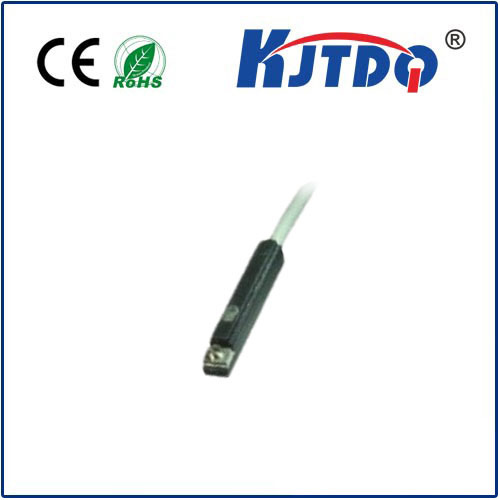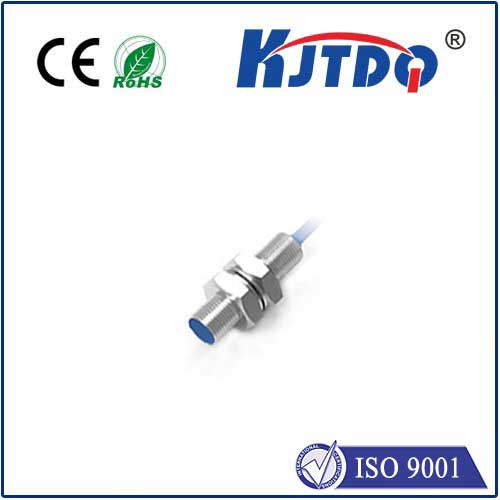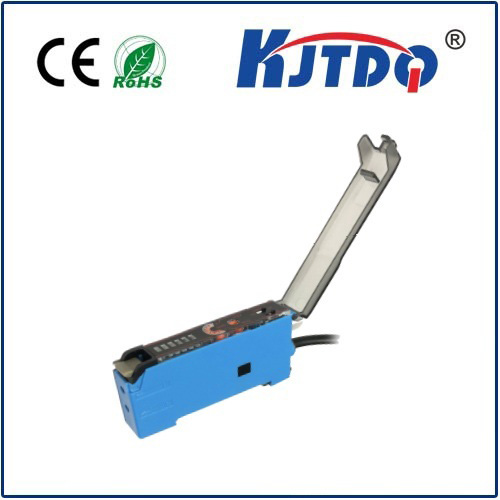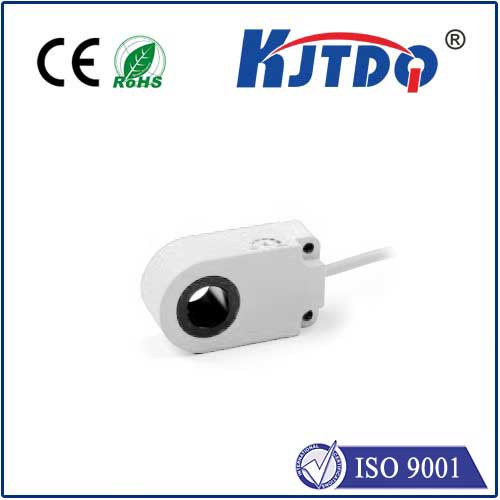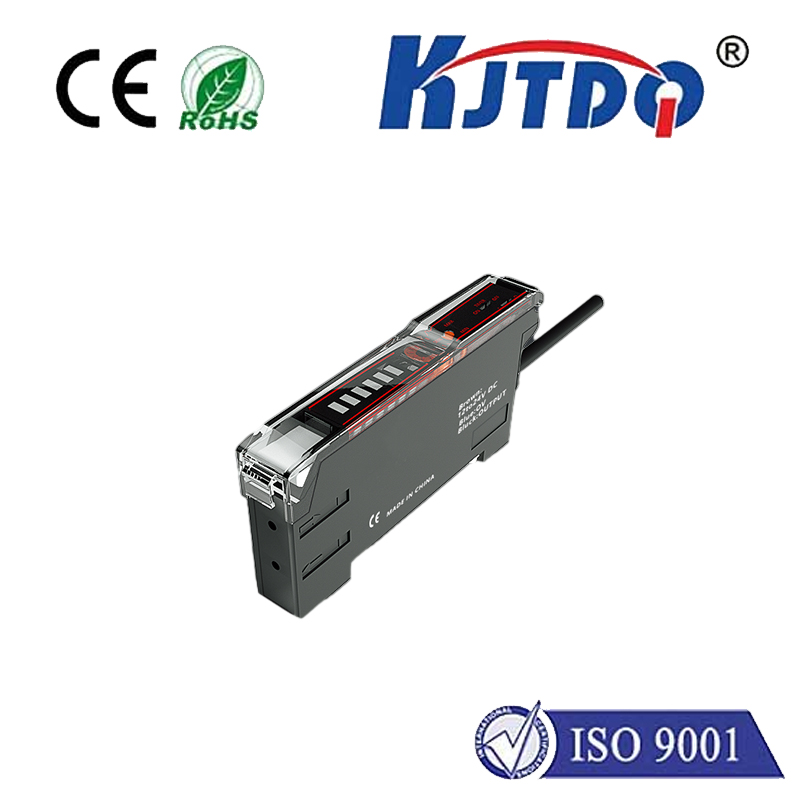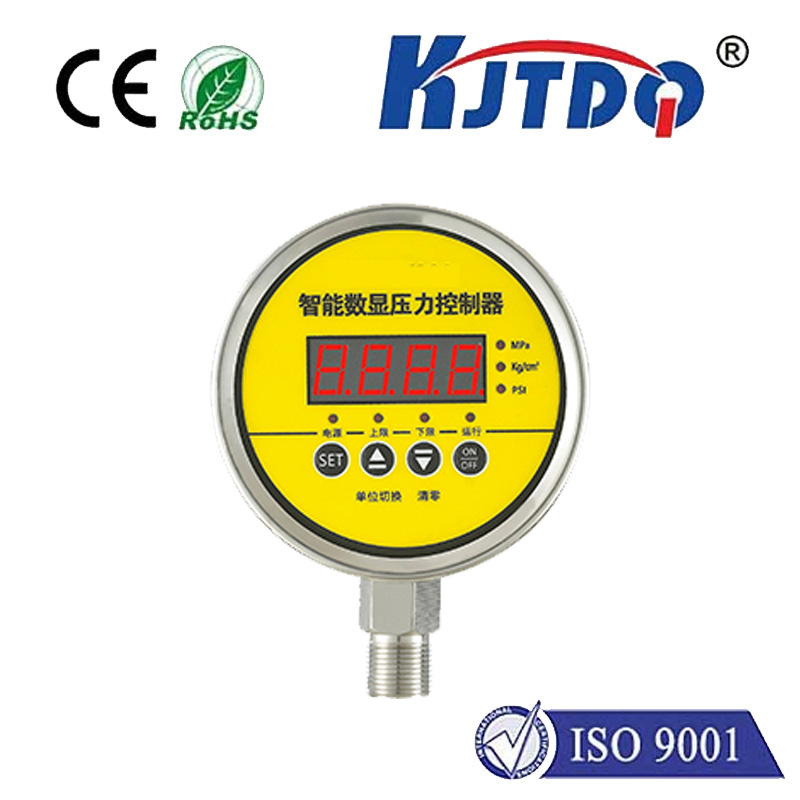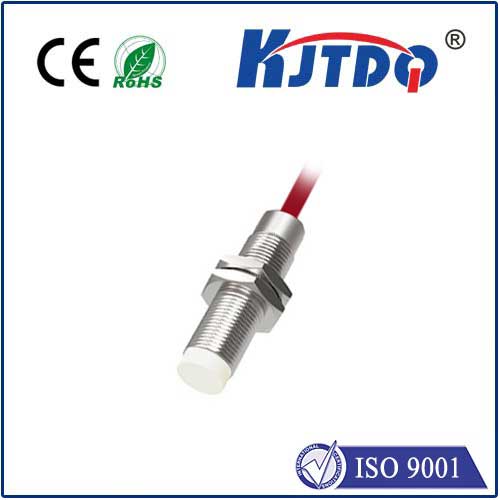Фотоэлектрический переключатель
- time:2025-07-25 01:37:00
- Нажмите:0
What is a Listed Photoelectric Switch? The Critical Role of Safety Certification
Imagine a high-speed bottling line humming along, hundreds of containers whizzing past per minute. Now, picture a misaligned bottle causing a jam. Without a reliable safeguard, the consequences could range from costly production halts to catastrophic equipment damage or even worker injury. Standing sentinel against such chaos, often unseen but vital, is the Фотоэлектрический переключатель. More than just a sensor, its certification status marks the invisible line between standard operation and assured safety in demanding industrial environments.
А.Фотоэлектрический переключатель is a ubiquitous workhorse in automation. It uses a light beam (visible or infrared) to detect the presence, absence, or distance of an object without physical contact. When the beam is interrupted (or reflected back, depending on the type), the switch changes state, sending a signal to a controller. Applications range from simple object counting and position verification to complex safety interlocks on machinery.
But why does “listed” matter so profoundly? In the context of electrical equipment, “listed” signifies that the device has undergone rigorous testing and evaluation by an independent, recognized testing laboratory (Nationally Recognized Testing Laboratory or NRTL). It confirms the product meets specific, stringent safety standards applicable to its intended use. Common listing marks include:
- UL Listed / cUL Listed: Meeting standards set by Underwriters Laboratories (UL) for the US and Canada.
- TÜV Certified: Adhering to European and international standards, often including IEC requirements.
- ATEX Certified: Compliant with European directives for equipment used in potentially explosive atmospheres.
- IECEx Certified: An international certification for explosive atmospheres.
The Rigorous Path to Becoming a Listed Photoelectric Switch

Achieving listing status isn’t a simple checkbox exercise. Manufacturers submit their photoelectric switches to the NRTL for exhaustive assessment against defined criteria, which typically include:
- Electrical Safety: Testing insulation resistance, dielectric strength (high voltage withstand), creepage and clearance distances, and protection against short circuits and overloads to prevent shock hazards or fire.
- Environmental Durability: Evaluation of resistance to dust, water (IP ratings), extreme temperatures, humidity, shock, and vibration ensures reliable operation in harsh industrial settings.
- Material Flammability: Assessment of housing materials to resist ignition and limit flame spread.
- Performance Under Stress: Confirming the switch operates correctly within its specified voltage, current, temperature, and sensing range limits.
- Manufacturing Consistency: NRTLs often conduct follow-up audits at manufacturing sites to ensure ongoing production consistently meets the approved design.
Why Choosing a Listed Photoelectric Switch is Non-Negotiable
The implications of overlooking listing status extend far beyond mere technical specifications:
- Compliance with Codes and Regulations: Most jurisdictions mandate the use of listed electrical components in commercial and industrial installations. Electrical codes like the National Electrical Code (NEC) in the US explicitly require NRTL-listed equipment for safety. Using non-listed switches violates these codes, potentially leading to:
- Project Delays: Failing inspections during construction or commissioning.
- Legal Liabilities: Significant fines and legal exposure if non-compliance contributes to an incident.
- Insurance Issues: Voiding insurance policies due to the use of non-certified equipment.
- Mitigating Safety Hazards: Industrial environments pose inherent risks like high voltage, moving machinery, dust, and flammable materials. UL listed photoelectric switches or their equivalents have proven they can operate safely within these constraints, significantly reducing the risk of:
- Electrical fires caused by component failure.
- Electric shock to personnel during maintenance or operation.
- Safety system failures due to sensor malfunction in critical applications.
- Enhanced Reliability and Reduced Downtime: The rigorous testing behind safety certification inherently validates robustness and durability. Listed sensors are built to withstand demanding conditions, leading to fewer unexpected failures, reduced maintenance costs, and minimized costly production interruptions. Consistency under stress is a hallmark of certified components.
- Critical Role in Safety Systems (e.g., Safety Light Curtains): When photoelectric switches are integrated into safety-critical functions like machine guarding (e.g., forming part of a light curtain system), their listing becomes absolutely paramount. Safety standards (like ISO 13849, IEC 62061) often explicitly require that all components within the safety circuit, including sensors, carry appropriate safety certifications relevant to the Performance Level (PL) or Safety Integrity Level (SIL) required.
- Facilitating Explosive Atmosphere Safety: In industries like oil & gas, chemical processing, or grain handling, the risk of explosive atmospheres (dust, gases, vapors) necessitates specialized protection. ATEX certified or IECEx certified photoelectric sensors are designed with intrinsic safety (Ex i), flameproof enclosures (Ex d), or other approved protection methods to prevent them from becoming an ignition source. Using non-certified equipment in these zones is illegal and extremely dangerous.
- Supplier Accountability and Traceability: The listing mark provides clear traceability back to the manufacturer and the testing lab. This accountability is crucial for quality assurance and potential incident investigations.
Beyond the Mark: Integrating Listed Sensors Effectively
While selecting a Фотоэлектрический переключатель is fundamental, its effectiveness depends on proper implementation:
- Select the Correct Type: Diffuse, retro-reflective, thru-beam? Each has strengths depending on the detection distance, object properties, and environmental factors.
- Matching the Specification: Ensure the sensor’s rated voltage, output type (PNP/NPN, relay), sensing range, and environmental ratings (IP, temperature) align with the application’s demands.
- Professional Installation: Follow manufacturer guidelines meticulously regarding mounting, alignment, wiring, and shielding (especially in electrically noisy environments). Even a top-tier listed sensor can fail if poorly installed.
- Regular Maintenance and Testing: Incorporate sensor checks into preventive maintenance schedules to ensure continued reliable and safe operation.
The Smart Choice: Investing in Certified Reliability
Procurement decisions often focus on upfront cost, but the true cost of a sensor encompasses reliability, safety, compliance, and potential downtime. A Фотоэлектрический переключатель represents an investment in robust engineering and verified safety performance. It signifies a product that has been subjected to and passed scrutiny far beyond basic functionality, providing peace of mind that the silent guardian monitoring your critical processes is built and certified to protect people, equipment, and productivity when it matters most. When specifying sensors for demanding industrial automation tasks, specifying listed isn’t just best practice; it’s the essential foundation for safe, compliant, and reliable operation. Look for the mark – UL, cUL, TÜV, ATEX, IECEx – it signifies a commitment to safety engineered in.


